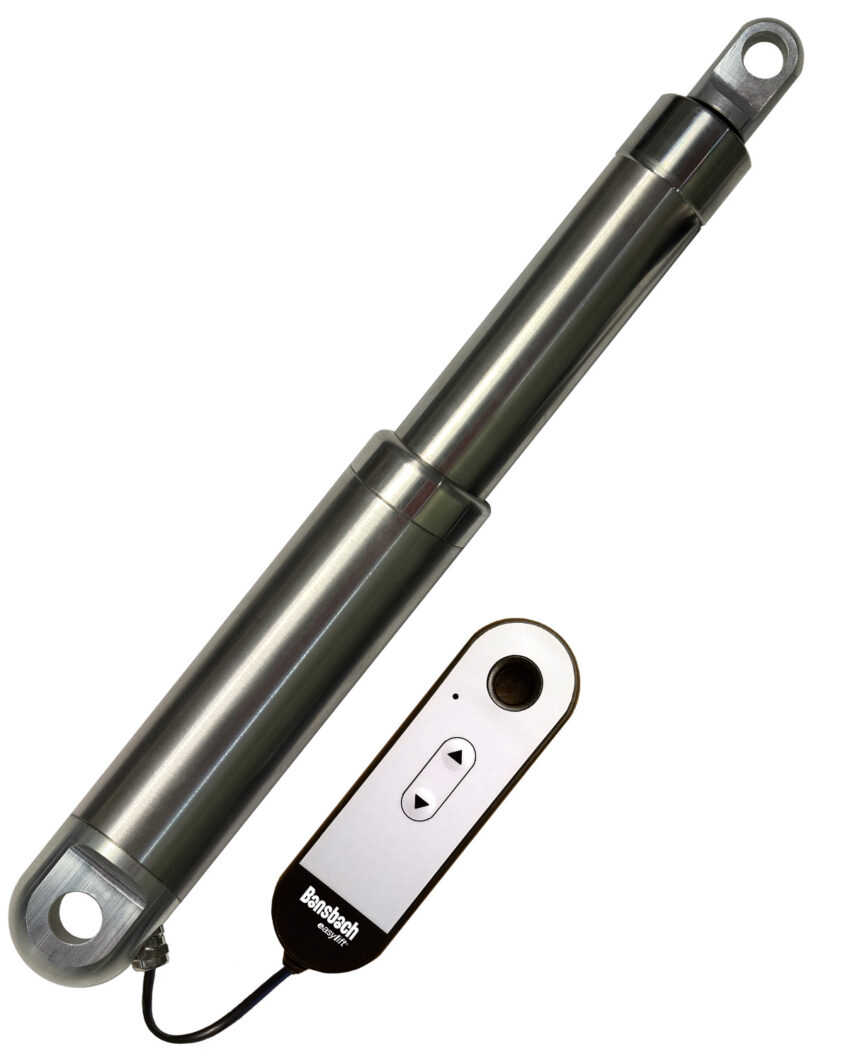In today’s healthcare landscape, medical equipment must perform flawlessly to ensure patient safety and caregiver efficiency. Behind each precise movement are engineered motion control components—gas springs, electric actuators, and dampers—that enhance safety, ergonomics, and reliability.
Medical equipment design demands more than off-the-shelf components. OEMs increasingly collaborate with motion control specialists to tailor solutions that meet strict performance, hygiene, and regulatory requirements. These partnerships help reduce development time and deliver dependable, compliant devices.
“Components often require customization—even if based on standard designs—to fit unique operating conditions,” says Brian Ingoldsby, Engineering Manager at Bansbach Easylift of North America. Adjustments may include force calibration, material changes, damping behavior, and mounting options to suit specific needs such as corrosion resistance or MRI compatibility.
Manual control components like gas springs and dampers support smooth, secure adjustments without the need for external power. Bansbach offers rod diameters from 3mm (0.12 inches) to 70mm (2.75 inches), covering small devices to heavy systems. Features such as integrated grease chambers and proprietary surface treatments extend service life and enhance corrosion resistance. Locking mechanisms and directional dampers further improve performance, safety, and part design.
Automated systems benefit from electric linear actuators that enable precise, button-controlled motion in tables, chairs, and mobility aids. Models offer stroke lengths up to 1,500mm and lift capacities up to 10,000N. Compact formats and turnkey kits simplify installation and integration. These actuators support accessibility features, ensuring ADA compliance and ease of use.
Often, OEMs begin with basic gas spring models and scale up to automated versions. Whether manual or automated, high-quality components reduce maintenance, extend life cycles, and improve overall system performance.
Early collaboration with motion control engineers provides the design flexibility and technical insight required to meet evolving healthcare needs. The result: smarter, safer, and more reliable medical devices that benefit patients and professionals alike.
For more information, visit www.bansbach.com/en; email [email protected]; call: +1-321-253-1999.

